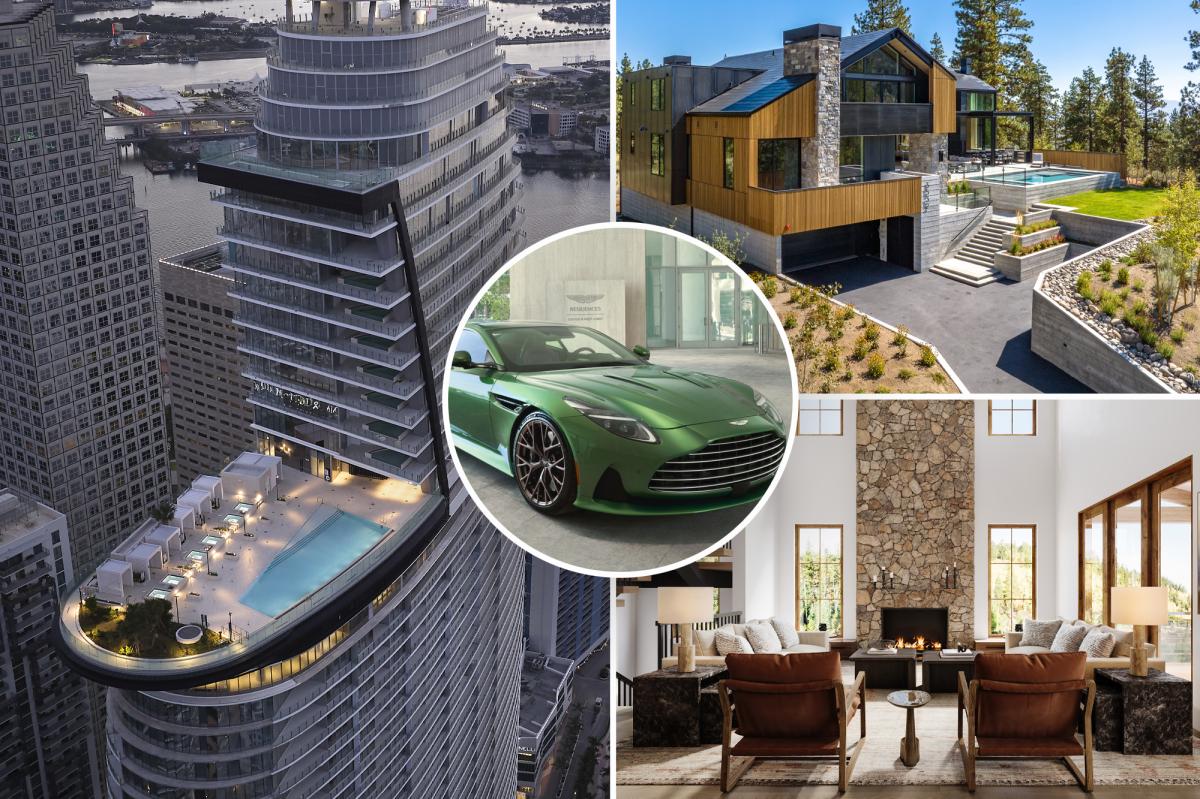U
S Housing Markets at Risk: Identifying Vulnerable Areas
A recent report by ATTOM highlights four US states - California, New Jersey, Illinois, and Florida - as being more susceptible to housing market declines due to factors such as affordability, underwater mortgages, and unemployment. While the national housing market remains robust, these areas exhibit specific characteristics that may make them more vulnerable to downturns in the near future.
The report uses a combination of key indicators, including home affordability, equity, and foreclosure rates, to determine which areas are more or less prone to potential declines. The methodology considers factors such as the percentage of homes with potential foreclosure actions, mortgage balances higher than property values, local wages needed for homeownership expenses, and unemployment rates.
Vulnerable Housing Markets Clustered Around Major Cities
The report identifies 24 out of 50 counties considered most vulnerable to housing market issues in or around New York City, Chicago, and inland California. Specific areas of concern include:
* Illinois: Cook, Kane, Kendall, McHenry, and Will counties around Chicago
* New York: Kings County (Brooklyn) and New York County (Manhattan), as well as suburban areas like Essex, Passaic, and Sussex in Northern New Jersey
* California: Inland counties like Butte, Contra Costa, El Dorado, Humboldt, and Solano in northern California, and Kern, Kings, Madera, Merced, San Joaquin, Stanislaus, Riverside, and San Bernardino counties in the central and southern parts of the state
Factors Contributing to Vulnerability
The report highlights several underlying factors contributing to increased vulnerability in these housing markets:
1. Worsening Affordability: Homeownership costs exceeding 43% of average local wages in 30 out of 50 most vulnerable counties.
2. Underwater Mortgages: At least 6% of residential mortgages were underwater in 23 of the 50 most-at-risk counties, with some areas experiencing rates as high as 15%.
3. Foreclosure Activity: More than one in every 1,000 residential properties faced a foreclosure action in 35 of the 50 most vulnerable counties.
4. Unemployment Rates: 34 of the 50 most at-risk counties had unemployment rates of at least 5% in August 2024.
The Least Vulnerable Housing Markets
In contrast to the vulnerable areas, the report identifies several regions that are less likely to experience significant housing market declines, mainly concentrated in the South and Midwest. These areas exhibit better affordability, lower underwater mortgages, low foreclosure rates, and low unemployment.
Factors Contributing to Resilience
The report highlights factors contributing to the resilience of these least vulnerable markets:
1. Better Affordability: Homeownership costs considered seriously unaffordable in only 17 of the 50 counties.
2. Lower Underwater Mortgages: Only one of the 50 least-at-risk counties had more than 6% of residential mortgages underwater.
3. Low Foreclosure Rates: None of the least-vulnerable counties had more than one foreclosure action per 1,000 residential properties.
4. Low Unemployment: 48 of the 50 least-vulnerable counties had unemployment rates lower than the national average.
Implications for Homebuyers and Investors
The ATTOM report provides valuable insights for both homebuyers and investors looking to navigate the current housing market. Homebuyers in vulnerable areas should consider affordability challenges and potential future market declines, while investors may want to focus on markets with stronger fundamentals and lower risk profiles.














